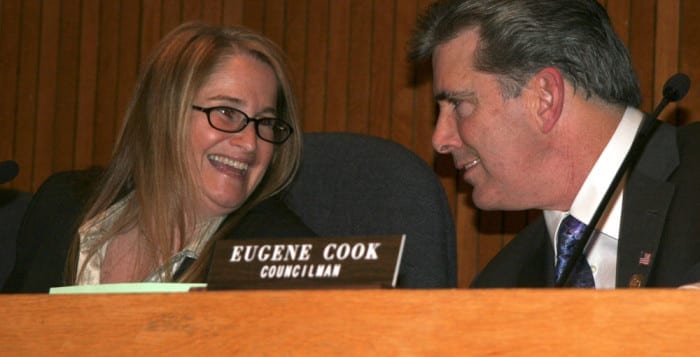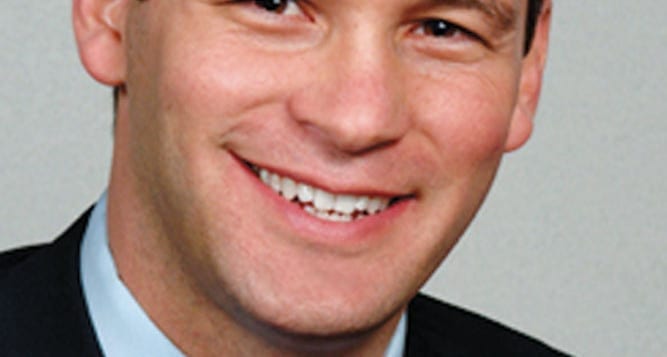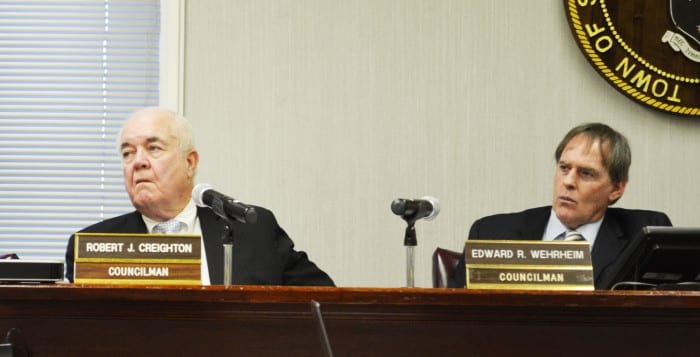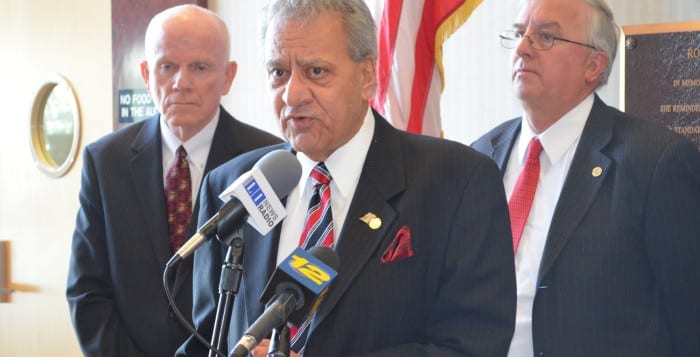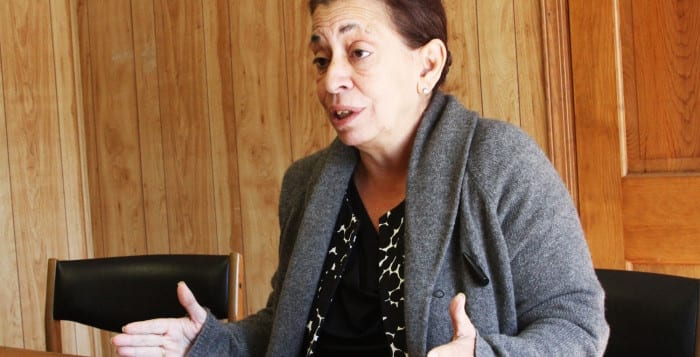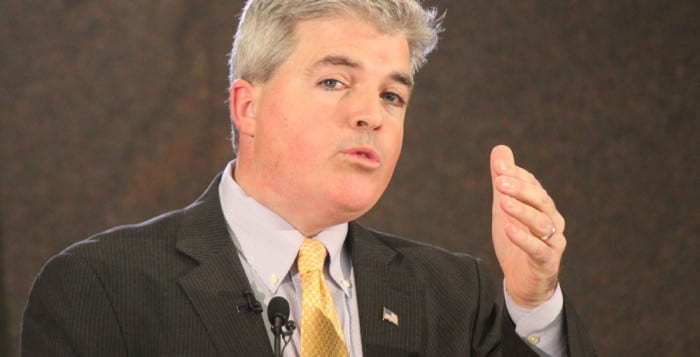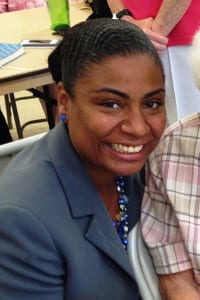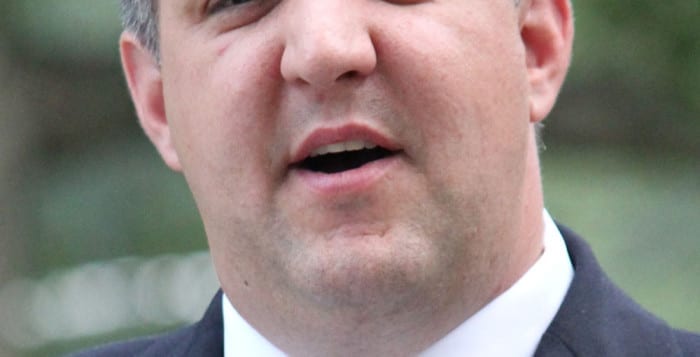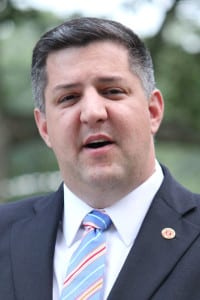Our government was designed to have some give-and-take. We have a mostly two-party system and two houses of Congress because the parties and the houses ideally check each other.
The House ensures proportional representation based upon population while the Senate, with each state getting two votes, makes sure the little guy can be heard even in a room of big guys. And the Republicans and the Democrats, in a well-balanced Congress, keep each other on their toes.
That’s why the spread between Republicans and Democrats in our North Shore legislative bodies makes us uncomfortable.
In Suffolk County, we have a large majority of Democrats in the Legislature, and the same imbalance exists on the Huntington Town Board. In Brookhaven and Smithtown towns, the Republicans have the overwhelming majority.
That disproportion will be worse come January, when Councilwoman Valerie Cartright will be the only Democrat on the seven-member Brookhaven Town Board. Her lone colleague on the left, Councilwoman Connie Kepert, was ousted by a Republican on Election Day.
One of the reasons our newspaper endorsed Cartright was our desire to preserve the Democratic minority on the board. This wasn’t because we particularly dislike any of the Republican board members or think they are irresponsible, but our government was designed to have shared control, to bring multiple viewpoints. Differing opinions foster compromise and prevent leaders from having absolute power to enact whatever laws they wish. A minority party is a watchdog.
Similarly, we endorsed Councilman Gene Cook for re-election in Huntington in part because he is the only non-Democratic member, and in that role he keeps the others in check. He will remain in such a position next year.
We hope our majority party leaders, from the Suffolk County Legislature to the town boards, keep in mind that even though they may not agree with minority colleagues, those people serve an important purpose — and we hope they will do their best to reach across the aisle, even though they don’t really have to.
It’s not just lip service
We hear it all the time: Every vote counts. And if you want proof, look no further than the North Shore.
With just one vote in the lead, Suffolk County Legislator Sarah Anker (D-Mount Sinai) stood beside a triumphant group of Democrats on Election Day and timidly celebrated. Suffolk County Democratic Chairman Rich Schaffer joked she won by a “landslide.” Anker fought a tough battle against Republican Steve Tricarico, a Brookhaven Town deputy highway superintendent, and the fight isn’t over — it could be a while before absentee ballot counts are finalized and an official winner is declared. The vote was 5,859 to 5,858 — it could have been Anker’s own vote for herself that kept her head just barely above water.
Our paper has editorialized about voter turnout in the past, usually after Election Day. But it’s virtually unheard of to have two candidates separated by just one vote.
So once again, we implore you, go out and vote at election time. Every vote does count.

